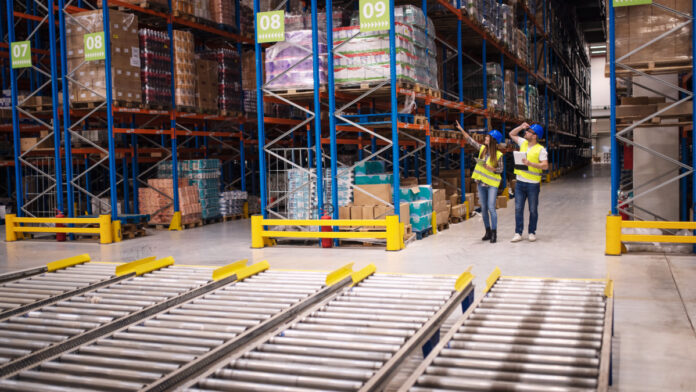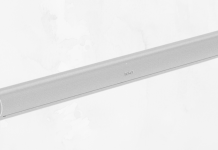A warehouse is a key part of any business that deals in physical goods, and as such, it is important to ensure that your warehouse is up to snuff. Here are the best practices for building a strong, durable warehouse:
Make sure you have a clear plan and design in mind
Starting any construction project, whether it is a warehouse or something else entirely, can be daunting. Planning ahead of time for the best design, materials, and vendors to use greatly improves the chances of success. Taking the necessary steps to ensure that a warehouse is strong and durable from its foundation up will save time, money, and potential future repairs. It may take more careful thought and effort during the initial planning phase but it will surely pay off in the long run, giving you a secure structure that can stand up to the test of time.
Work with a reputable contractor
When it comes to building a strong and durable warehouse, working with an experienced contractor is essential. Not only will they guide you through the entire process, from budgeting and planning to completion, but they also have a wealth of knowledge and expertise when it comes to choosing materials. They can advise on the type of foundation that would be most suited for your project as well as appropriate walls that won’t buckle or wear over time.
By partnering with a reputable contractor you can ensure your warehouse is built to the highest standard possible and that it stands the test of time.
Use high-quality materials for the construction of your warehouse
Building a strong and durable warehouse goes beyond completing a steel supply order and hauling materials to the construction site. High-quality steel is crucial for the success of the project, but it’s also important to craft a structure that takes advantage of the steel’s strength. A well-coordinated design can ensure that your warehouse stands up to harsh weather conditions, withstands general wear and tear, and lasts for many years.
Doing this requires the expertise of an experienced engineer who understands how steel needs to be incorporated into your architecture. From there you’ll be able to create a secure and reliable place for storage and other business ventures that are sure to last throughout the ages.
Pay attention to the details when constructing your warehouse
Building a strong and durable warehouse is essential for ensuring your product remains safe inside. This starts with laying a solid foundation, as this will give you the frame to build on and it could save you time down the road. Sensitive items like electronics or food storage require specific insulation – make sure whatever you use meets industry standards.
Pay attention to smaller details that can have an outsized impact on the effectiveness of your warehouse such as structural support beams, ventilation systems, protective coatings, and doors that are properly sealed to protect against outside elements. Taking the time in the construction process to pay attention to even the smallest details can go a long way towards ensuring your stuff is stored safely until ready for shipment or sale.
Incorporate energy-efficient features
When it comes to building a strong, durable warehouse, one of the most important features to incorporate is energy efficiency. This is essential for both keeping costs down and being conscious of your environmental footprint. By researching which materials will provide the best insulation and investing in LED lighting, there are so many potential cost savings that can be realized as utility costs are kept low over the long term.
It’s also worth taking into consideration any local incentives that may exist for making use of energy-efficient construction standards within your warehouse design. Ultimately, energy efficiency should always be top of mind when thinking about how to build a durable and reliable warehouse.
Make sure your warehouse is designed for safety
Building a secure and reliable warehouse is vitally important in order to keep stock safe, protect workers from harm and ensure smooth business operations. In addition to providing adequate lighting and ensuring the absence of trip hazards, additional safety features should be considered when designing a warehouse; for example, there should be clear signage for each aisle, routine inspections of inventory to remove anything dangerous or hazardous, and regular maintenance and repairs on equipment.
Further, still, employees should receive adequate training on the best practices of warehouse safety such as operation instructions on forklifts and other machinery. Building a warehouse with safety in mind ultimately results in well-maintained products stored without incident – creating peace of mind for customers, and staff alike.
Keep your warehouse clean and organized
Having a strong, durable warehouse begins with cleanliness and organization. Clutter can easily lead to a hazardous work environment, resulting in accidents and lost time. Adopting a regular cleaning routine, intentional organization of backstock items, and keeping pathways clear from obstructions – all of this is essential for creating an efficient and safe warehouse.
Allowing for the proper storage, movement, and processing of inventory improves the overall durability of the space; having these protocols in place will not just reduce messiness but lower the chances of damaging units or slowing down business operations. To ensure your warehouse is strong, durable, and reliable, create a culture of cleanliness and order among your staff.































